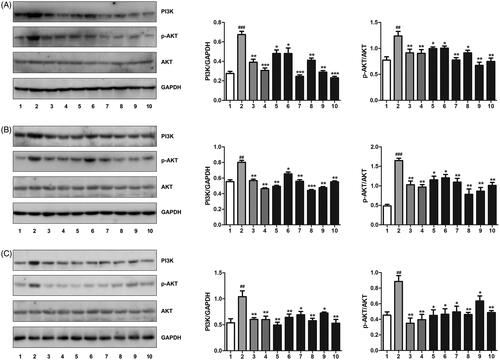Figures & data
Table 1. The ingredients of NXT.
Figure 1. Cell viability assay. (A) TNF-α treated 293 T cell viability detected by MTT assay. (B) LPS treated 293 T cell viability detected by MTT assay. (C) H2O2 treated EA hy926 cell viability detected by MTT assay. The results are the mean ± SEM (n = 6 per group); ##p < 0.01, ###p < 0.001, versus the control group; *p < 0.05, **p < 0.01, versus the model group.

Figure 2. Bioactivity analysis of NXT on anti-NF-κB. (A) The inhibitory effect of NXT on NF-κB in 293 T cells. (B) The screening of potential NF-κB inhibitory active ingredients in NXT. (C) Verification the NF-κB inhibition active ingredients in NXT. (D) Chemical structures of the NF-κB inhibitory active ingredients in NXT. The results are the mean ± SEM (n = 6 per group); ###p < 0.001 versus the control group; *p < 0.05, **p < 0.01, ***p < 0.001, versus the model group.
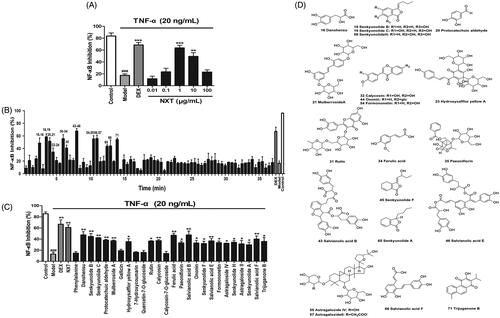
Table 2. NF-κB-inhibiting compounds identified in Naoxintong Capsules.
Figure 3. Bioactivity analysis of NXT on anti-MMP-9. (A) Effect of NXT on MMP-9 activation in LPS-stimulated 293 T cells. (B) The screening of potential MMP-9 inhibitory active ingredients in NXT. (C) Verification the MMP-9 inhibition active ingredients in NXT. (D) Chemical structures of the MMP-9 inhibitory active ingredients in NXT. The results are the mean ± SEM (n = 6 per group); ###p < 0.001 versus the control group; *p < 0.05, **p < 0.01, ***p < 0.001, versus the model group.
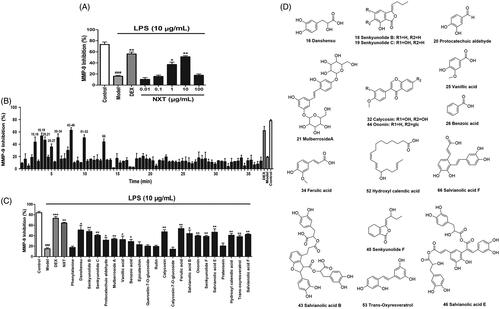
Table 3. MMP-9-inhibiting compounds identified in Naoxintong Capsules.
Figure 4. Bioactivity analysis of NXT on anti-NO. (A) Effect of NXT on NO activation in H2O2-stimulated EA hy926 cells. (B) The screening of potential NO inhibitory active ingredients in NXT. (C) Verification the NO inhibition active ingredients in NXT. (D) Chemical structures of the NO inhibitory active ingredients in NXT. The results are the mean ± SEM (n = 6 per group); ###p < 0.001 versus the control group; *p < 0.05, **p < 0.01, ***p < 0.001, versus the model group.
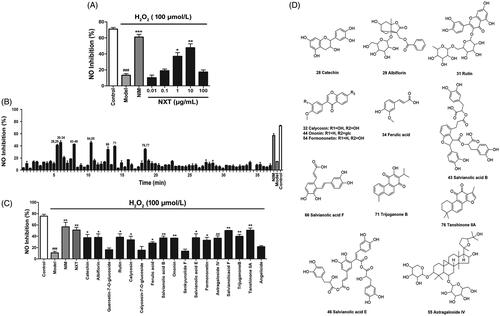
Table 4. NO-inhibiting compounds identified in Naoxintong capsules.
Figure 5. Molecular modelling of PI3K and the active ingredients. (A) Chemical structures of the active ingredients in NXT. (B) The 3D maps of the interaction of PI3K (PDB: 5ITD) with the active ingredients in NXT.
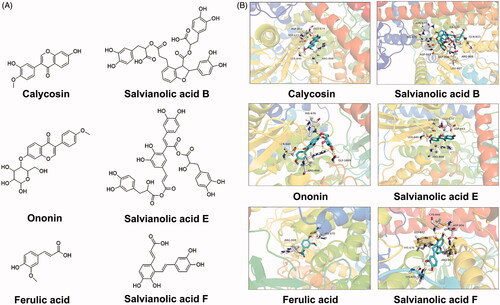
Table 5. The inhibition rate of the biological activity ingredients to NF-κB, MMP-9 and NO.
Table 6. The binding energy of the biological activity ingredients and PI3K.
Figure 6. The active ingredients in NXT could inhibit the PI3K/AKT pathway. (A) Western-blotting for the cells treated by TNF-α. (B) Western-blotting for the cells treated by LPS. (C) Western-blotting for the cells treated by H2O2. The results are the mean ± SEM (n = 3 per group); ##p < 0.01, ###p < 0.001 versus the control group; *p < 0.05, **p < 0.01, ***p < 0.001, versus the model group. Lane 1: control, lane 2: model, lane 3: positive drugs (DEX for A, B and NIM for C), lane 4: NXT, lane 5: Calycosin, lane 6: Ononin, lane 7: Ferulic acid, lane 8: Salvianolic acid B, lane 9: Salvianolic acid E and lane 10: Salvianolic acid F.
